Turning Habits Into Health: How 1 Step At A Time Can Make The Change
TURNING HABITS INTO HEALTH: HOW 1 STEP AT A TIME CAN MAKE THE CHANGE (ISSUE 63)
By Diane Gold
Turning Habits Into Health is just another way of saying we are committing to nurturing ourselves and matching our behaviors with our current goals and game plan.
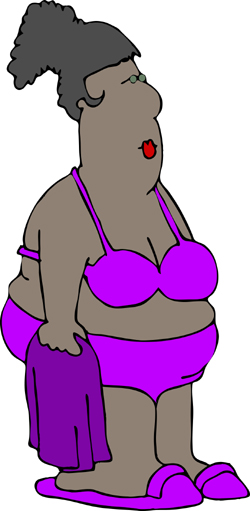 Habits, as we know if we think about them, are patterns of behavior reinforced through repetition until they are almost involuntary action. Here’s a short list of these responses: eating oily, salty or sugary snacks to satisfy a food craving; verbally reacting to a child because that’s how we were raised; using mind/body-altering substances (prescribed or not) because we are tired, bored, nervous or emotional; shutting down our emotions because it’s safer than experiencing pain; acting out anger when someone challenges us; eating processed, unhealthy foods to escape; meditating before breakfast; brushing our teeth; taking our shoes off before we enter a residence; swimming after work; praying
Habits, as we know if we think about them, are patterns of behavior reinforced through repetition until they are almost involuntary action. Here’s a short list of these responses: eating oily, salty or sugary snacks to satisfy a food craving; verbally reacting to a child because that’s how we were raised; using mind/body-altering substances (prescribed or not) because we are tired, bored, nervous or emotional; shutting down our emotions because it’s safer than experiencing pain; acting out anger when someone challenges us; eating processed, unhealthy foods to escape; meditating before breakfast; brushing our teeth; taking our shoes off before we enter a residence; swimming after work; praying
before eating.
Obviously, diverse behaviors serve us at various times in our lives. Most of the time, we aren’t even aware these habits are developing. And, usually, we don’t focus on them until our body, mind or spirit call out in despair. Weighing too much signals that our bodies are imbalanced. Pain in our teeth makes us examine our oral hygiene and diet. Emotional over-reaction makes us look at our stability. Our comfort level with the questions of our position in the universe arouses our spirit and calls for grand examination.
 Because we are all so universally tied to habits and we all have them, WarriorsOfWeight.com now honors moms, daughters, fathers, sons, teen girls, teen boys, grandparents in focusing on and educating about Turning Habits Into Health and discussing all the astounding techniques to help each one of us along the way.
Because we are all so universally tied to habits and we all have them, WarriorsOfWeight.com now honors moms, daughters, fathers, sons, teen girls, teen boys, grandparents in focusing on and educating about Turning Habits Into Health and discussing all the astounding techniques to help each one of us along the way.
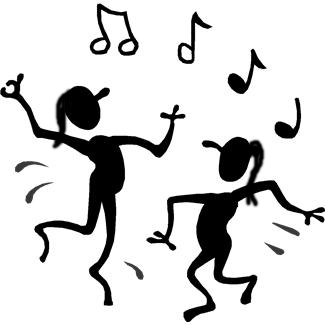 Whether we speak about personal development techniques like tai chi, free dance techniques, music and its effects on balance, involvement in social change to get us personally where we want to be or the science of proper nutrition to maximize our bodies;
Whether we speak about personal development techniques like tai chi, free dance techniques, music and its effects on balance, involvement in social change to get us personally where we want to be or the science of proper nutrition to maximize our bodies;
WarriorsOfWeight.com aims to share material for all our supporters. From now on, our new tag line is (drum roll, please)
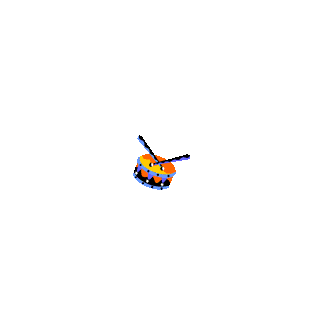 Turning Habits Into Health!
Turning Habits Into Health!
And we are focusing on solutions for all of us.
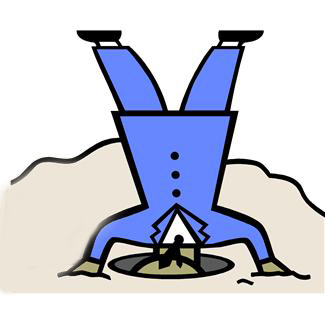 So what are the ways to make this miraculous change in habit? Do we have to turn ourselves inside out?
So what are the ways to make this miraculous change in habit? Do we have to turn ourselves inside out?
The answer, of course, is no. The prospect of making the change may seem as if we have to climb a mountain. The actual journey, if approached step-by-step, is only as difficult as each individual step.
ACTION STEPS

1) Step 1 is to look as far as the first step. The first step is the beginning action step. It’s like the running a race. When we look at 1 more step, and only 1 more step, we get to continue without collapsing – for that 1 step only.
This step could be changing 1 meal to vegetable juice or overcoming the fear of crossing the street or drinking apple juice instead of wine. With all of these habits, there is a first step, the golden step, the one that will begin the habit change.

2) Step 2 is a repetition of step 1 except that we have actual experience doing step 1. We can note that the original habit began because we repeated the same action over and over again.
Therefore, changing the habit is going to require repeating the same action over and over again. Thus, we repeat step 1.
We know we have looked at step 1. We have also looked at step 2. They are the same. So are the next steps.
3) As we get used to this step, we can repeat it more easily each time. If we continue to take the step as a replacement for some negative action that is not supporting our goals, we will begin to replace the habit.
Our journey for change starts out as a cold mountain.

With repetition and confidence, as we begin to get familiarity and control with our new actions, our journey becomes a mountain of joy.
CONCLUSION
We can change a habit with 1 step. It is the way. There is nothing mysterious about it, and the technique is as straight forward as normal breathing. We always have our collection of habits, all of them. Whether we allow them to trigger depends on how well we have replaced them using any means necessary, but usually the 1-step plan.
If we follow each individual step on blind faith, we don’t get distracted with other thoughts. In time, we can take a look at what we’ve accomplished, but not while we are doing it.
ACTION STEPS: THE HABIT CHANGE PROCESS
This section overviews The Habit Change Process. The “snack” habit is chosen so that we can act out the process without getting stuck on which habit to change. The method of 1 step, then repetition of the same step, then repetition of the same step again and again can be used for all habits.
OBJECTIVE
Replacing 1 snack a day with healthy food instead of cookies, chips, soda, anything else. (If you only eat raw food, have an allergy to 1 of the foods; please substitute. If you don’t usually have a snack, please add it for 21 days, just to be part of this process.)
 1) Buy veggies (the culinary term “veggies” which would include mushrooms): carrots, broccoli, onions, garlic, spinach, mushrooms.
1) Buy veggies (the culinary term “veggies” which would include mushrooms): carrots, broccoli, onions, garlic, spinach, mushrooms.
2) 5 minutes ahead of the broccoli, steam sliced carrots. Then add broccoli and steam for another 7-10 minutes.
3) In another pot, use some water to brown sliced mushrooms, re-adding water several times as needed. so they don’t burn.
4) Once the steaming is complete, in a wok or saucepan, heat a small amount of olive oil, add garlic to cook, 30 seconds later, add onions.
5) In a couple minutes, add mushrooms, steamed carrots and broccoli.
 6) Add low-sodium soy sauce or amino acid liquid, a few drops of sesame oil, black pepper, rice vinegar, if you like.
6) Add low-sodium soy sauce or amino acid liquid, a few drops of sesame oil, black pepper, rice vinegar, if you like.
7) Stir fry until everything is tender.
8) Add spinach for 30 seconds.
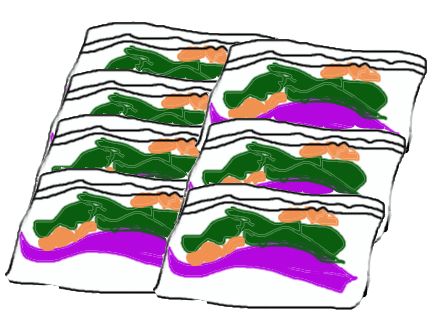 9) Remove from the stove.
9) Remove from the stove.
10) When cool, separate into 7 snack bags, 1 for each day of the week.
11) Refrigerate.
12) Now, you have a mid-afternoon snack for the next 7 days.
13) Set a phone/computer/clock alarm to facilitate this snack.
14) Do this for 7 days.
15) Repeat 1) through 14) for 2 additional weeks in a row.
16) Congratulations. You have gone through the steps to change a habit. Keep it up, and it is changed.
17) Grab your certificate below!

FEEDBACK
Please leave a comment and LIKE.
DIANE GOLD, AUTHOR
Diane Gold, Founder of Warriors of Weight, Turning Habits Into Health, is a mentor in tai chi, kung fu and meditation, a music, fitness and stress expert, dedicated mom, studying plant-based nutrition.
She is more excited about the idea of looking at 1-step until that 1 step is completed. She says,
“When the mind is focused on 1 thing, it is not focused on 2 things. Of course, we need to do a physical act to make the concentration happen, as opposed to intellectually thinking about it.
“When we want to take a step for our betterment, whatever it is, if we focus our attention only on this 1 step; we are less distracted. Imagine walking a tight rope, for example. Because the risk is so great that we would become injured with less than 100% concentration, we concentrate.
“If we don’t take the same care with changing a habit, we can get off track. Easily. So, concentrate on the physical action we have decided would be in our best interest. And we will be happy with the results.”

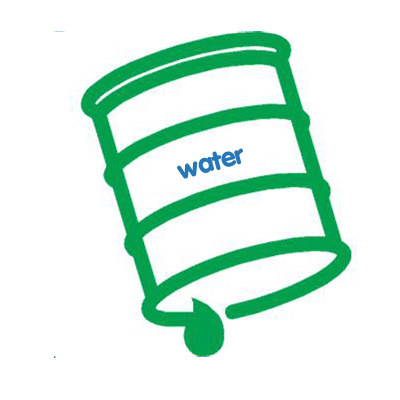 Did you know that a huge amount of our world population does not have enough water or has to walk to get it? According to Kathleen Parker’s article, quoting Charles Fishman’s The Big Thirst (on my pending reading list), we, Westerners, use 18.5 gallons a day flushing our toilets while there is only 1/100th of 2.5 percent fresh water on the planet or, if the oceans were broken down into mass, 2.5% of the Earth’s mass. Not a lot.
Did you know that a huge amount of our world population does not have enough water or has to walk to get it? According to Kathleen Parker’s article, quoting Charles Fishman’s The Big Thirst (on my pending reading list), we, Westerners, use 18.5 gallons a day flushing our toilets while there is only 1/100th of 2.5 percent fresh water on the planet or, if the oceans were broken down into mass, 2.5% of the Earth’s mass. Not a lot.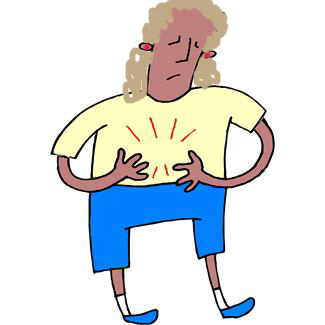 Let’s look at what happens when we start to feel the twinges of hunger. These urges might be immediately after eating, 10 minutes after eating, an hour after, 3 hours apart or more. The amount of time between cravings is a non-judgmental number. The craving begins as an itch, which shows up when it shows up. If we don’t judge ourselves, we won’t be judged! Its intensity determines the level of self-control we need to master it.
Let’s look at what happens when we start to feel the twinges of hunger. These urges might be immediately after eating, 10 minutes after eating, an hour after, 3 hours apart or more. The amount of time between cravings is a non-judgmental number. The craving begins as an itch, which shows up when it shows up. If we don’t judge ourselves, we won’t be judged! Its intensity determines the level of self-control we need to master it. 3)
3)
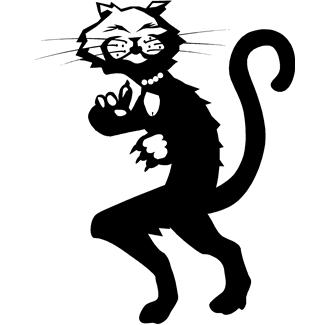 After we begin, it will be get much easier for us to recognize and acknowledge it when we have a food urge. Whereas before, we might have felt we had to sneak to eat, we will no longer have to sneak, since our first line of food defense can be healthy, wonderful water. Whereas before, we might have felt guilty for eating mindlessly, we can feel pride because we are eating as part of a technique.
After we begin, it will be get much easier for us to recognize and acknowledge it when we have a food urge. Whereas before, we might have felt we had to sneak to eat, we will no longer have to sneak, since our first line of food defense can be healthy, wonderful water. Whereas before, we might have felt guilty for eating mindlessly, we can feel pride because we are eating as part of a technique.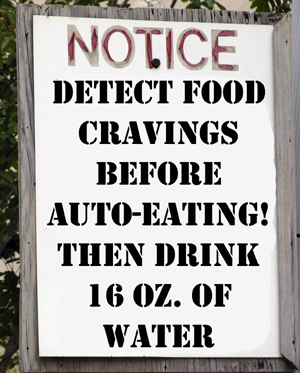 The act of making change takes time and effort. That includes water for weight loss. The biggest effort is in training the mind (changing a habit) that when we have a food craving, we need to embrace it. We need to drink 16 oz. of water, slowly. This is great in theory, but…
The act of making change takes time and effort. That includes water for weight loss. The biggest effort is in training the mind (changing a habit) that when we have a food craving, we need to embrace it. We need to drink 16 oz. of water, slowly. This is great in theory, but… For those of us in the United States and some other countries, we can be extra thankful that we do have water readily available. 2/3 of world families do not (National Geographic Society Geography Awareness Week, 2010). They have to walk to get their water; they have to transport it on shoulders, backs or holding buckets.
For those of us in the United States and some other countries, we can be extra thankful that we do have water readily available. 2/3 of world families do not (National Geographic Society Geography Awareness Week, 2010). They have to walk to get their water; they have to transport it on shoulders, backs or holding buckets. Before we talk about food cravings and how to maximize them for health, I’d like to say that this article is about FAITH, not faith in someone or something else, but faith in ourselves that we may not be able to see yet. It is similar to that faith that many people attribute to a supreme entity; yet, we are going to use faith in ourselves for this lesson.
Before we talk about food cravings and how to maximize them for health, I’d like to say that this article is about FAITH, not faith in someone or something else, but faith in ourselves that we may not be able to see yet. It is similar to that faith that many people attribute to a supreme entity; yet, we are going to use faith in ourselves for this lesson. 4) We are risk takers, and, like the casino gambler, we bet that eating healthier foods and amounts tomorrow is reason enough for us to gamble with our health and maintain our same habits now.
4) We are risk takers, and, like the casino gambler, we bet that eating healthier foods and amounts tomorrow is reason enough for us to gamble with our health and maintain our same habits now.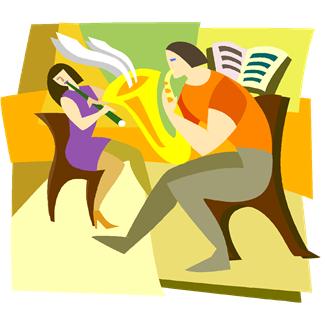 Think of a band member who is playing the wrong note because she has gotten used to playing that particular note and even enjoys how it sounds. When her band leader corrects her, she will have to change her habit to balance the group. In order to keep her job and continue playing the music that she loves, she will make the change.
Think of a band member who is playing the wrong note because she has gotten used to playing that particular note and even enjoys how it sounds. When her band leader corrects her, she will have to change her habit to balance the group. In order to keep her job and continue playing the music that she loves, she will make the change.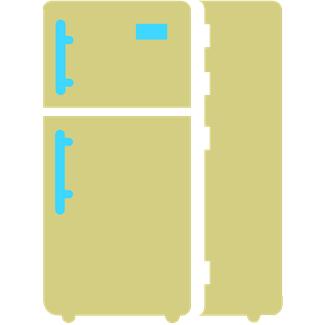
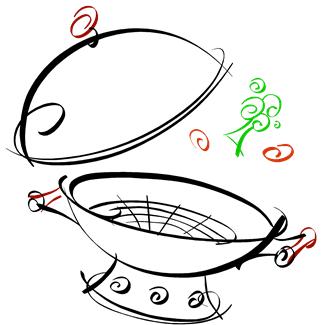 2)
2) 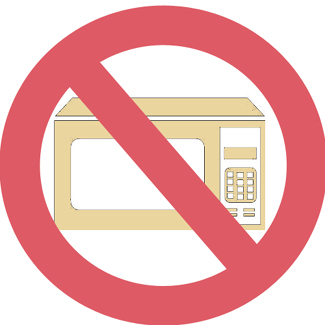 Microwave ovens rob nutrients from our food, and stoves take longer than our craving will wait. Eventually, when we have changed our habit from “cue to instant eating” to “cue to patience to eating healthily,” warming our veggies may be an option.
Microwave ovens rob nutrients from our food, and stoves take longer than our craving will wait. Eventually, when we have changed our habit from “cue to instant eating” to “cue to patience to eating healthily,” warming our veggies may be an option. We have to keep in mind that when we do something over and over, our synaptic pathways get worn in a certain way to crave and satisfy, which is why we always have a tendency to that particular habit. That’s why we have to form “parallel patterns” (in the words of Julia Layton, contributing writer at How Stuff Works) so that we become satisfied, replacing the old with the new behavior, eventually.
We have to keep in mind that when we do something over and over, our synaptic pathways get worn in a certain way to crave and satisfy, which is why we always have a tendency to that particular habit. That’s why we have to form “parallel patterns” (in the words of Julia Layton, contributing writer at How Stuff Works) so that we become satisfied, replacing the old with the new behavior, eventually. The trick is to do the new behavior within 30 seconds of getting the urge so that it doesn’t build up in the mind. Not allowing time to lapse will help us not to get sucked into the behavior we want to dump. That’s the key.
The trick is to do the new behavior within 30 seconds of getting the urge so that it doesn’t build up in the mind. Not allowing time to lapse will help us not to get sucked into the behavior we want to dump. That’s the key.








